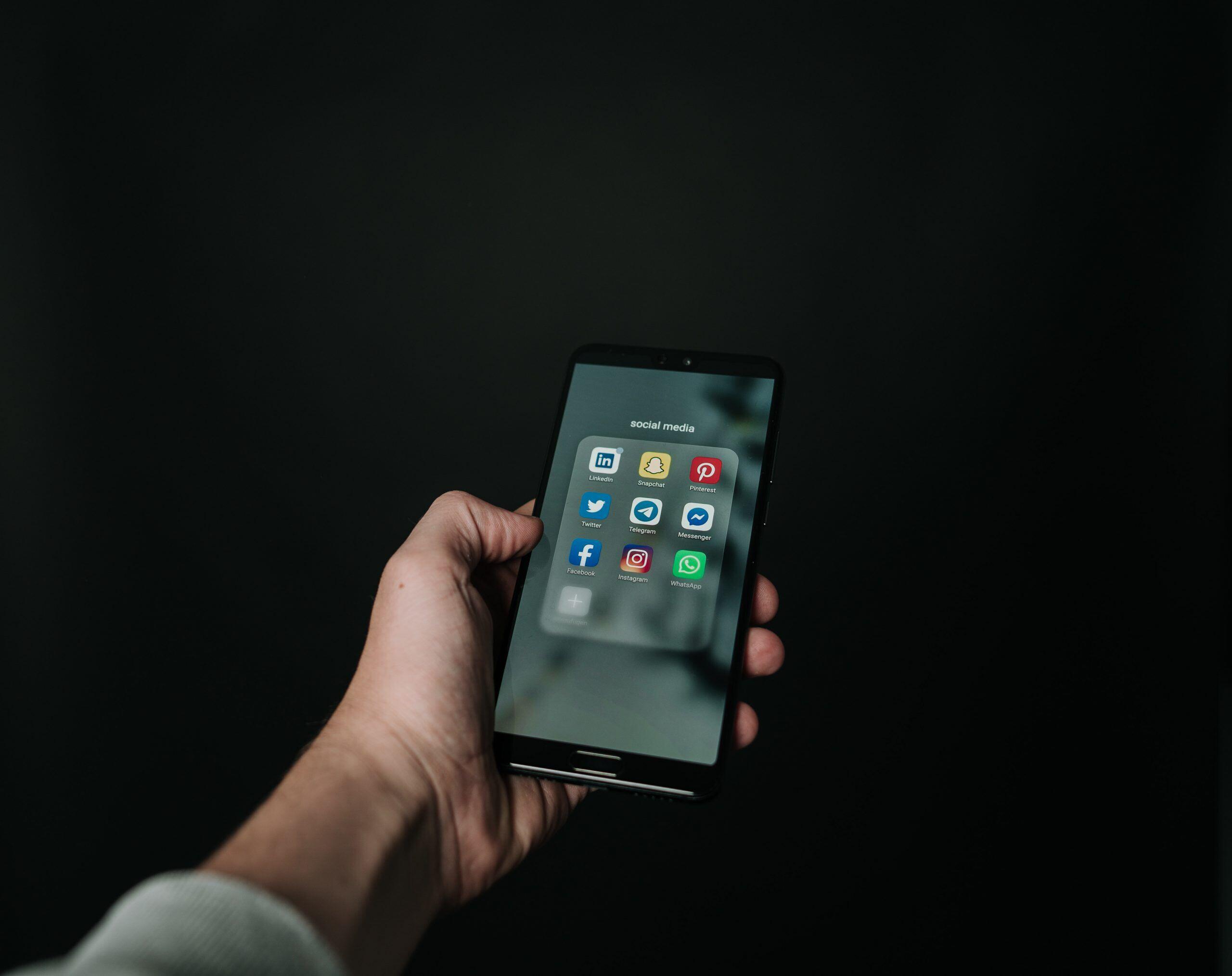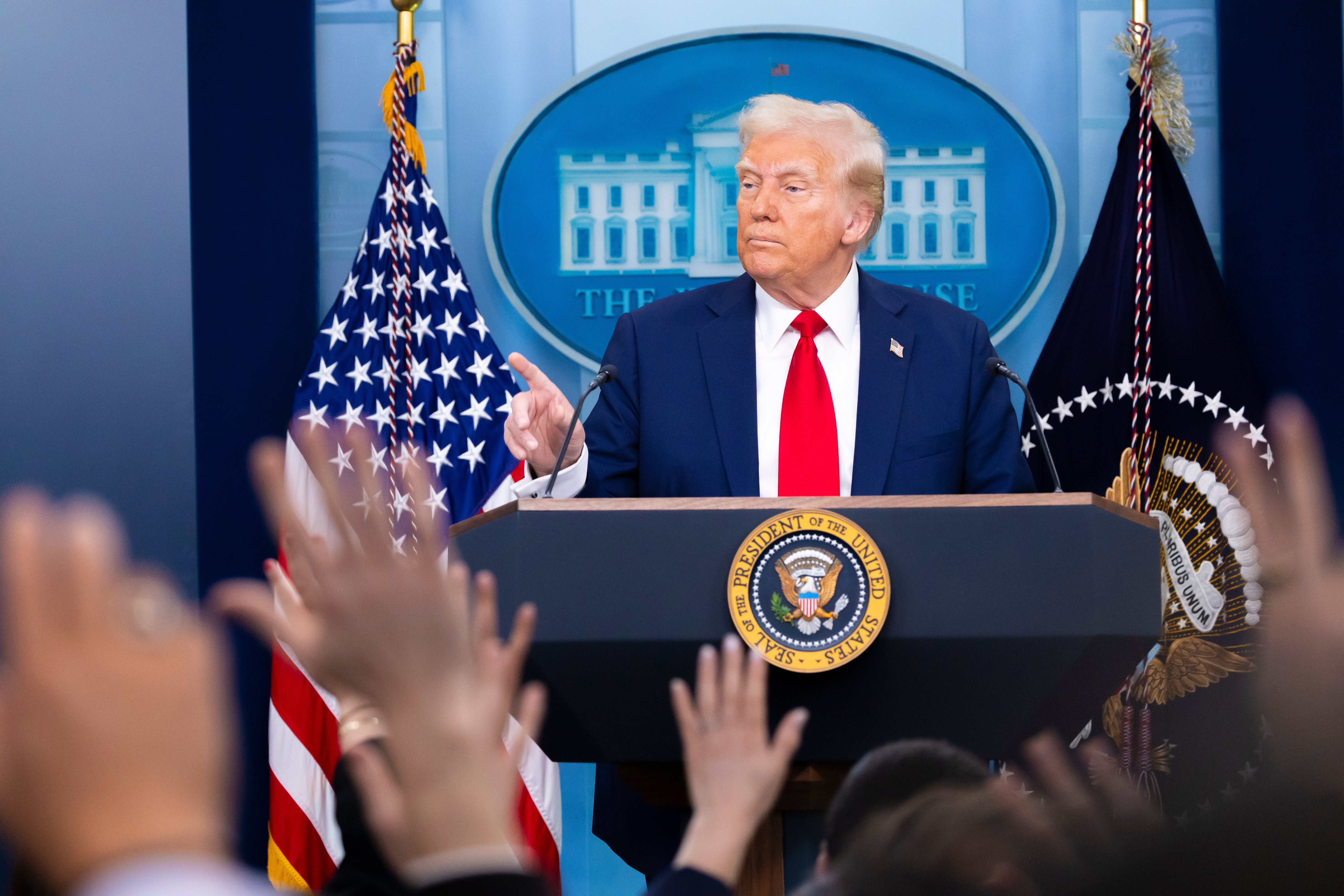As the first caucuses of the 2020 Democratic primary draw closer, it’s an opportune time to review this first cycle in which we have had extensive, publicly available, digital data. Candidates have used digital advertising in a variety of ways, with some leveraging its ability to drum up donations, and others focusing their efforts on persuading undecided voters.
Digital Spending Strategies
The eight leading Democratic contenders (Bloomberg, Steyer, Sanders, Buttigieg, Warren, Yang, Biden, and Klobuchar) have spent a combined $101.5M on Facebook and Google through the week of January 14th. Estimates of candidate digital spending ranged greatly, but we can now say that these presidential candidates dedicated an average of 20% of their paid media expenditures to digital. However, this number jumps up to 43% if you limit it to non-billionaires, showing the importance that digital has in the early parts of a cycle for candidates who rely on fundraising.
Three (non-billionaire) candidates have invested over $10M into digital: Buttigieg, Warren, and Sanders. Of these, Warren has narrowly put the highest share of her spending into digital, being the only candidate of the three to hit 50% of paid media expenditures on digital. However, all non-billionaire candidates have invested at least 38% of their budgets into digital except for Andrew Yang. Yang has only spent $2.7M on digital, or 23% of his paid media budget. Even so, this clearly has not hindered his fundraising ability, perhaps given the impressive grassroots network he has quickly built and his often-viral Twitter presence.
Mike Bloomberg’s digital strategy has swerved away from the field’s norm. Buttigieg, Warren, and Sanders have focused intently on direct response (fundraising/list building activity) with only a limited number of persuasion ads (tv-style ads focused on winning voters). Some candidates like Biden and Sanders have persuasion ad shares in the single digits., Bloomberg, however, has focused much more heavily on persuasion, tv style ads. 43% of Bloomberg’s digital ads have been persuasion, 20% higher than any other candidate.
Direct Response:

Persuasion:

The billionaires are not approaching digital in the same way, however. While both Bloomberg and Steyer have each spent far more on digital than anyone else in the field, with Bloomberg at $33M and Steyer at $23M, they have run vastly different ads. Steyer’s share of Direct Response advertising more closely matches the rest of the field, with only 12% of his spending directed towards persuasion ads. This difference is likely due to the different strategies the two candidates are following. Steyer wants to qualify for the debates, which necessitates large numbers of donors and therefore requires heavy fundraising, while Bloomberg is declining to accept donations, which allows him to use his substantial digital budget for persuasionstyle ads. One interesting note is that Steyer has put 75% of his total Facebook money into South Carolina. He has invested $2M, while other candidates have only spent a combined $670k. This may help explain Steyer’s strong polling in the Palmetto state.
California has seen the most digital spending of any state, at nearly 2x that of Iowa. Iowa is a bit of an outlier and has received significant spending as the first caucus state. Otherwise, digital spending correlates more closely with population size than does traditional spending. After Iowa, Texas, Florida, and New York round out the top five highest grossing states on Facebook. Only Buttigieg and Yang are not spending a plurality of their digital dollars in California. Both are putting a higher portion of their budgets into Iowa than any other candidate.
Candidates have limited flexibility when it comes to traditional tv ads. These ads are expensive to produce and take a blanket approach to targeting voters. Digital spending, however, leaves candidates with relatively inexpensive yet effective options for building lists, fundraising, and reaching voters. This is the first cycle in which we have had access to digital expenditure data of this magnitude, and the online advertising game exposes campaign mindsets: Almost all the Democratic candidates have invested significant sums into digital advertising; The focus seems to still be largely on list building and fundraising over persuasion; Candidates are focused on Iowa and the four most populous states. It will be interesting to watch how these strategies develop as the field narrows and the eventual nominee faces off with Trump and his sophisticated digital machine. As always, we’ll keep an eye on the latest trends and what the money tells us.









